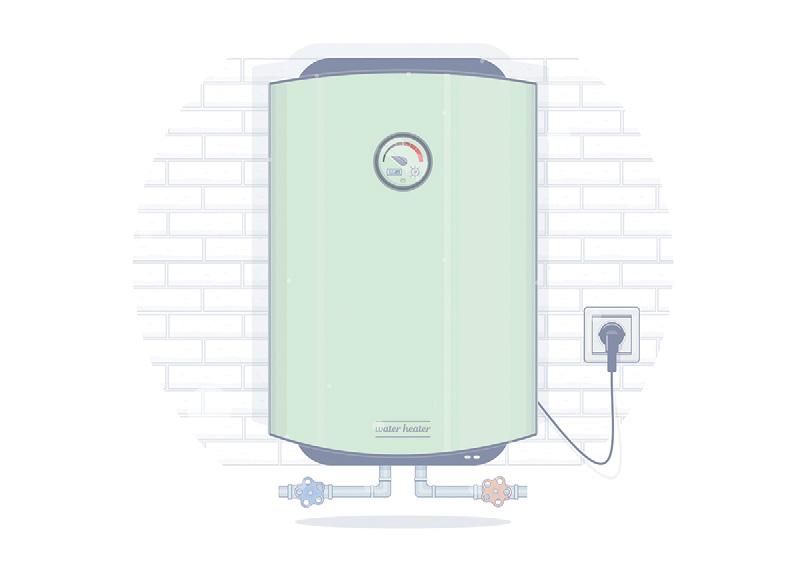
1 minute read
Eco-Friendly Water Heating
When it comes time to replace the water heater, homeowners have an opportunity to save money and significantly lower their carbon footprint by choosing more efficient appliances. In the U.S., most homes are equipped with water heaters that require a large storage tank. The water has to be heated continually, leading to $400 to $600 water heating bills every year.
A tankless model requires less space, lasts longer and costs less to operate. Because it does not hold water, cold water flows into the unit and is heated only when needed. This can save energy because the unit does not need to heat gallons of water that aren’t being used.
Advertisement
One drawback is that tankless devices may require a gas line and may be a challenge for older homes because of the necessary permits and electrical upgrades. Whether it has a tank or not, choose an Energy Star-certified model, which is deemed to be more efficient and often comes with a rebate or tax credit. Visit EnergyStar.gov for more information.
Some people may opt for a solar water heating system, which can cut annual hot water costs in half. Homes that generate their own power with solar panels may eliminate the annual cost altogether.
Another option is a heat pump water heater that uses 70 percent less energy than standard water heaters and is currently eligible for a $300 federal tax credit. According to Energy Saver, a U.S. Department of Energy consumer resource (Energy.gov), heat pump water heaters use electricity to move heat from one place to another instead of generating heat directly.
After installing a new unit, be sure to recycle the old water heater. Ask the retailer of the new appliance if they participate in a take-back program, or coordinate with the installer to arrange for proper recycling.
If the water heater doesn’t need replacement yet, consider that for every 10-degree decrease in the temperature setting on a conventional tank there is a corresponding 3 to 5 percent energy savings. Lower temperatures also reduce mineral buildup and corrosion in the tank and pipes.
Keep in mind that the easiest way to lower a household’s water heating is simply to use less hot water. Look for ways to decrease the family’s use of hot water by taking baths or shorter showers, washing laundry with cold water and running the dishwater on the energy-efficient setting.







